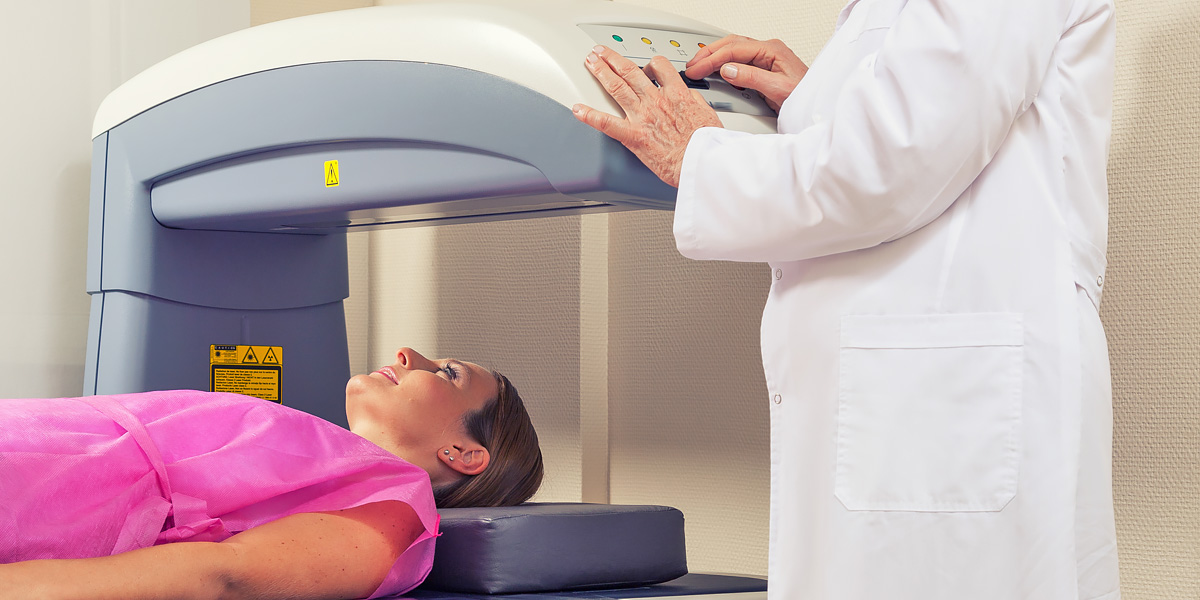
However, the USPSTF does not make recommendations regarding the interval of BMD testing owing to limited evidence. 2 For postmenopausal women younger than 65 years, the USPSTF recommends selective osteoporosis screening based on clinical risk factors and formal clinical risk assessment tools. The United States Preventive Services Task Force (USPSTF) recommends screening for osteoporosis with BMD measurement in women aged 65 years or older. 1 Bone mineral density (BMD) is well recognized as a strong predictor of fracture risk. Associations between change in bone density and fracture risk did not differ by subgroup, including diabetes, age, race/ethnicity, body mass index, or baseline BMD T score.Ĭonclusions and Relevance The findings of this study suggest that a second BMD assessment approximately 3 years after the initial measurement was not associated with improved discrimination between women who did and did not experience subsequent hip fracture or major osteoporotic fracture beyond the baseline BMD value alone and should not routinely be performed.įractures will be experienced by 1 out of 2 postmenopausal white women in their remaining lifetime. Femoral neck and lumbar spine BMD values had similar ability to discriminate between women who experienced major osteoporotic fracture and those who did not. For discrimination of major osteoporotic fracture, AU-ROC values were 0.61 (95% CI, 0.59-0.63) for baseline total hip BMD, 0.53 (95% CI, 0.51-0.55) for change in total hip BMD, and 0.61 (95% CI, 0.59-0.63) for the combination of baseline total hip BMD and change in total hip BMD. Femoral neck and lumbar spine BMD values had similar discrimination for hip fracture. In discriminating between women who experience hip fractures and those who do not, AU-ROC values were 0.71 (95% CI, 0.67-0.75) for baseline total hip BMD, 0.61 (95% CI, 0.56-0.65) for change in total hip BMD, and 0.73 (95% CI, 0.69-0.77) for the combination of baseline total hip BMD and change in total hip BMD. During the study follow-up (mean 9.0 years after the second BMD measurement), 139 women (1.9%) experienced hip fractures, and 732 women (9.9%) experienced major osteoporotic fracture. Results Of 7419 participants, the mean (SD) age at baseline was 66.1 (7.2) years, the mean (SD) body mass index was 28.7 (6.0), and 1720 (23%) were nonwhite individuals. The area under the receiver operating characteristic curve (AU-ROC) for baseline BMD, absolute change in BMD, and the combination of baseline BMD and change in BMD were calculated to assess incident fracture risk discrimination during follow-up. Main Outcomes and Measures Incident major osteoporotic fracture (ie, hip, clinical spine, forearm, or shoulder fracture), hip fracture, baseline BMD, and absolute change in BMD were assessed. Data analysis was conducted between May 2019 and December 2019. Participants in the present cohort study included 7419 women with a mean (SD) follow-up of 12.1 (3.4) years between 19 at 3 US clinical centers. Objective To assess whether a second BMD measurement approximately 3 years after the initial assessment is associated with improved ability to estimate fracture risk beyond the baseline BMD measurement alone.ĭesign, Setting, and Participants The Women’s Health Initiative is a prospective observational study.

For patient counseling and optimal resource use, it is important for clinicians to know whether repeated BMD measurement (compared with baseline BMD measurement alone) improves the ability to discriminate between postmenopausal women who will and will not experience a fracture. Importance Repeated bone mineral density (BMD) testing to screen for osteoporosis requires resources.

Challenges in Clinical Electrocardiography.Comparison of Area Under the Curve of Models Adjusted For Baseline Bone Mineral Density (BMD), Absolute Yearly Change (g/cm2), or Their Combination, Overall and by Age Group, in Prediction of Incident Fracture Interaction of Annualized Absolute Bone Mineral Density (BMD) Change and Subgroups With Risk of Hip Fracture and Risk of Major Osteoporotic FractureĮTable 5. Association of Annualized Absolute Bone Mineral Density (BMD) Change With Risk of Hip Fracture and Risk of Major Osteoporotic Fracture After Exclusion of Participants Taking Bone-Active MedicationsĮTable 4. Association of Annualized Absolute Bone Mineral Density (BMD) Change With Risk of Hip Fracture and Risk of Major Osteoporotic FractureĮTable 3. Numbers of Hip and Major Osteoporotic Fracture Events During Follow-upĮTable 2. Receiver Operating Characteristic Curves for Femoral Neck BMD and Lumbar Spine BMD in Discrimination of Hip Fracture and Major Osteoporotic FractureĮTable 1. Timeline of Assessments and OutcomesĮFigure 3. STROBE Analytic Sample Flow DiagramĮFigure 2.


 0 kommentar(er)
0 kommentar(er)
